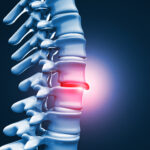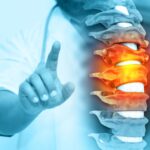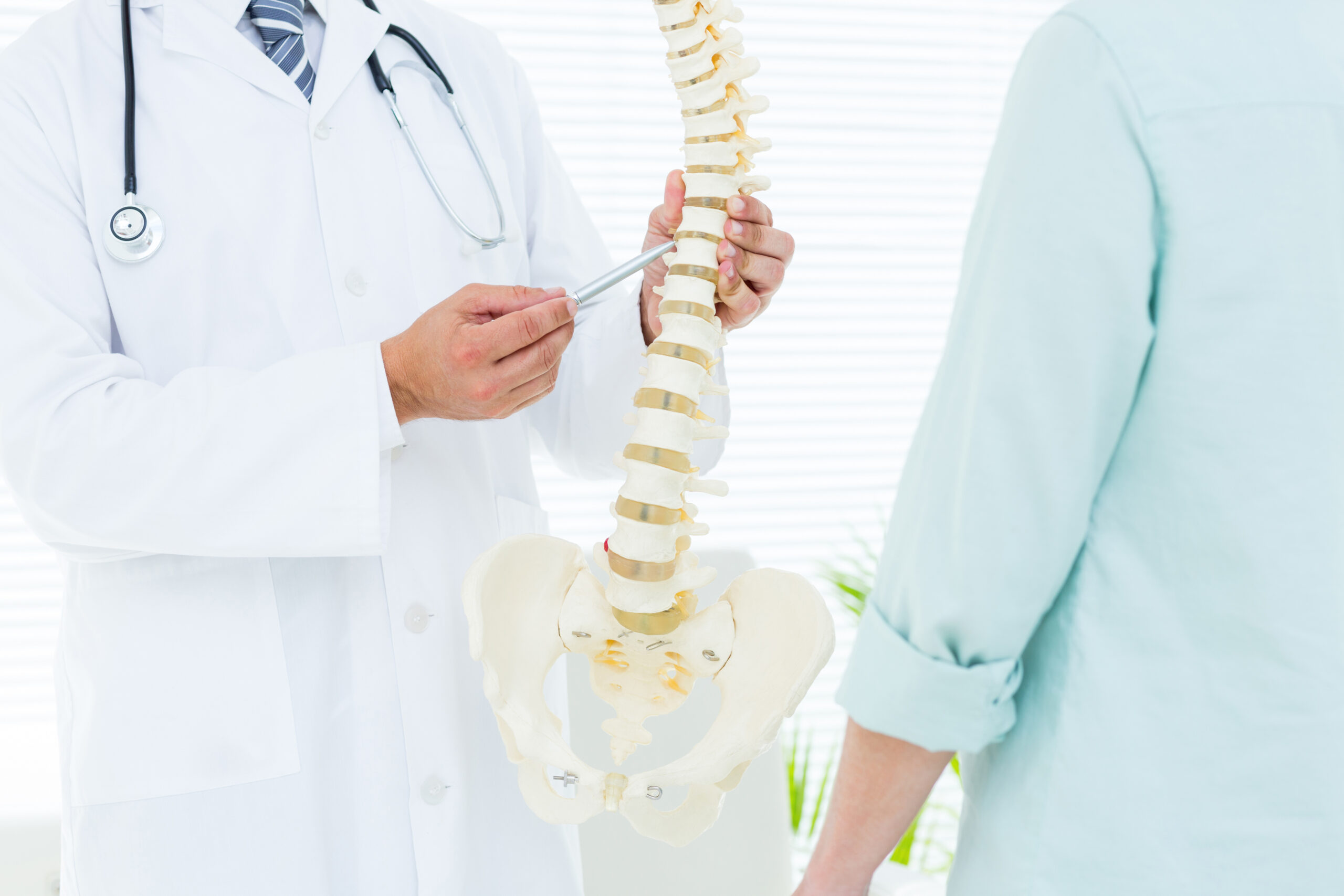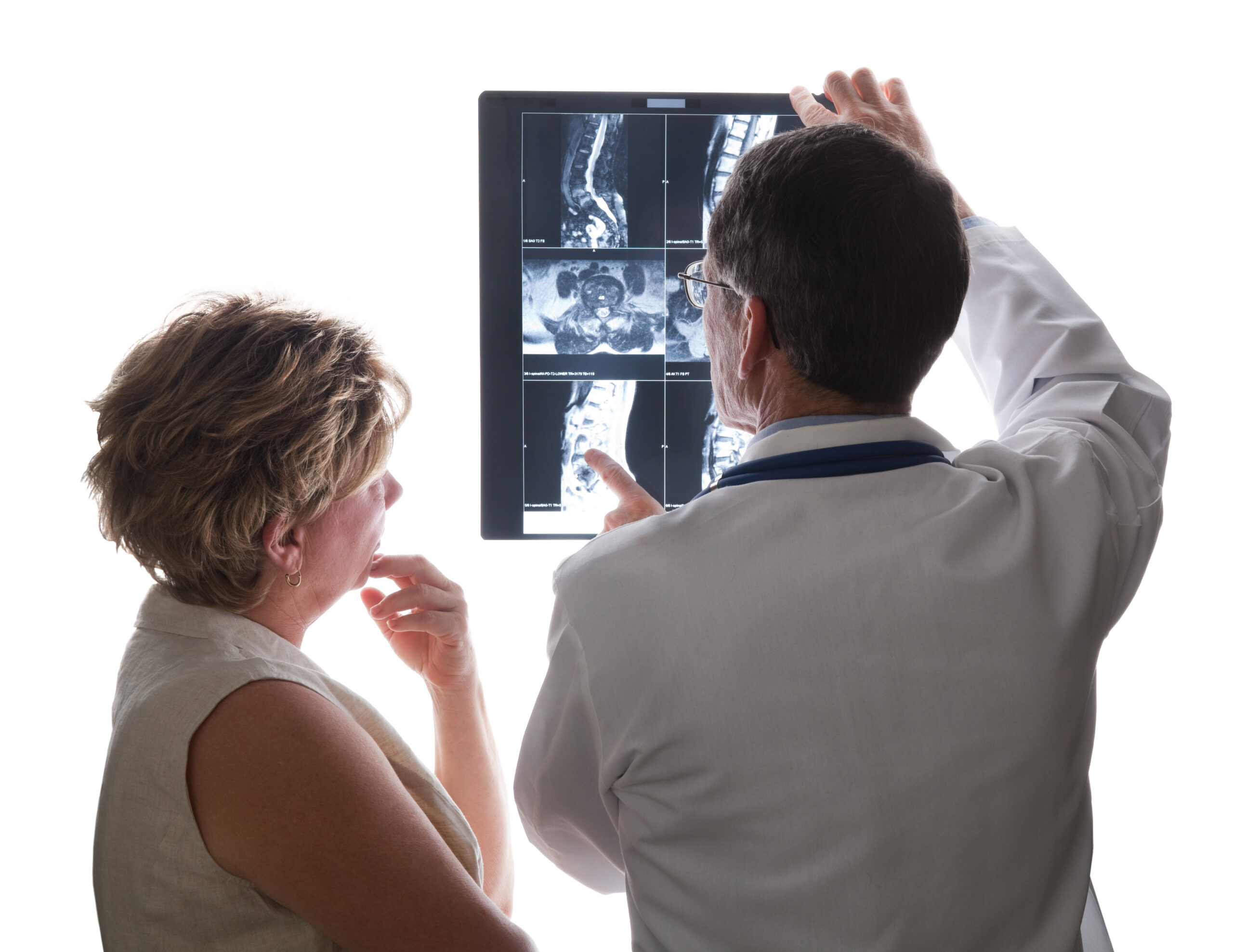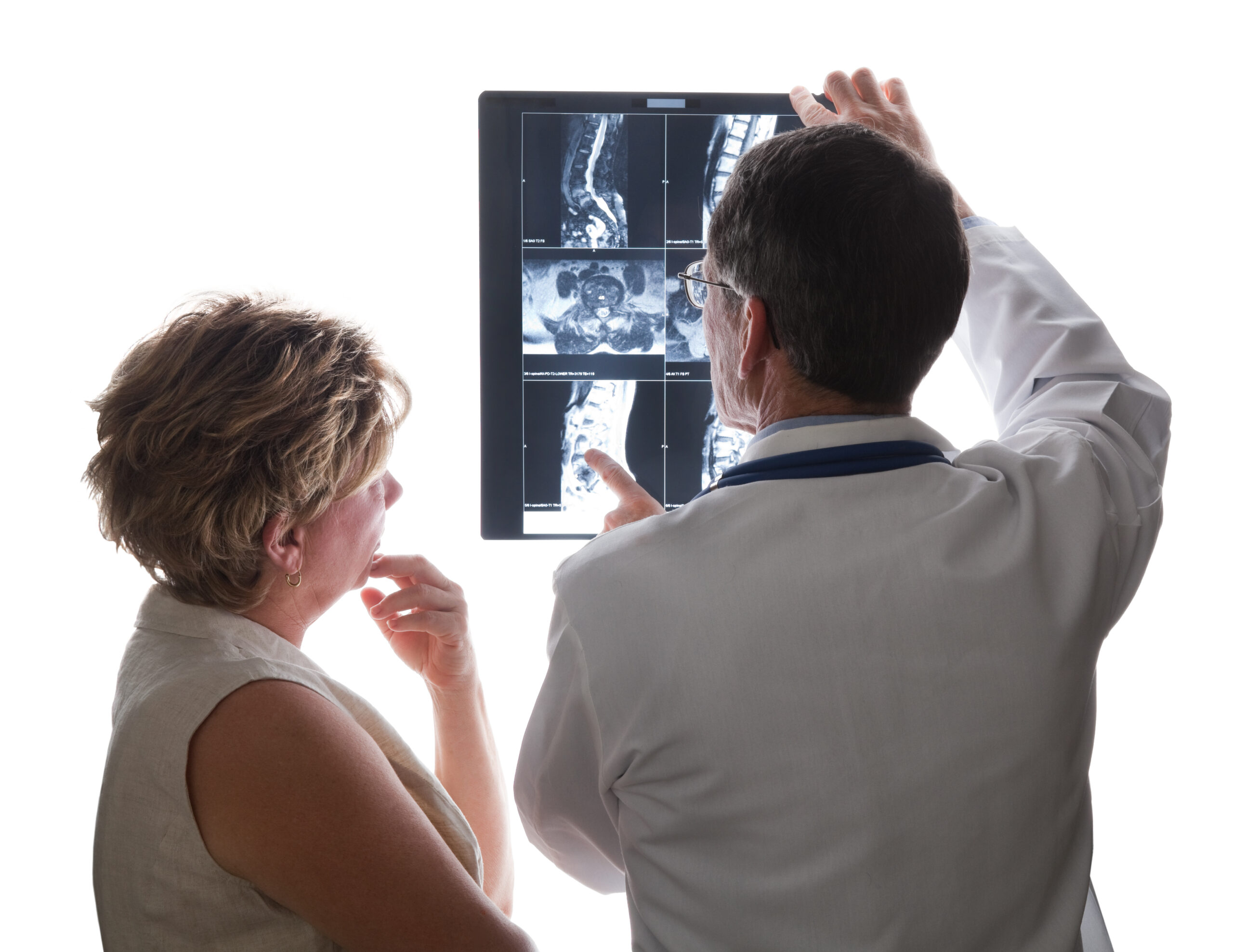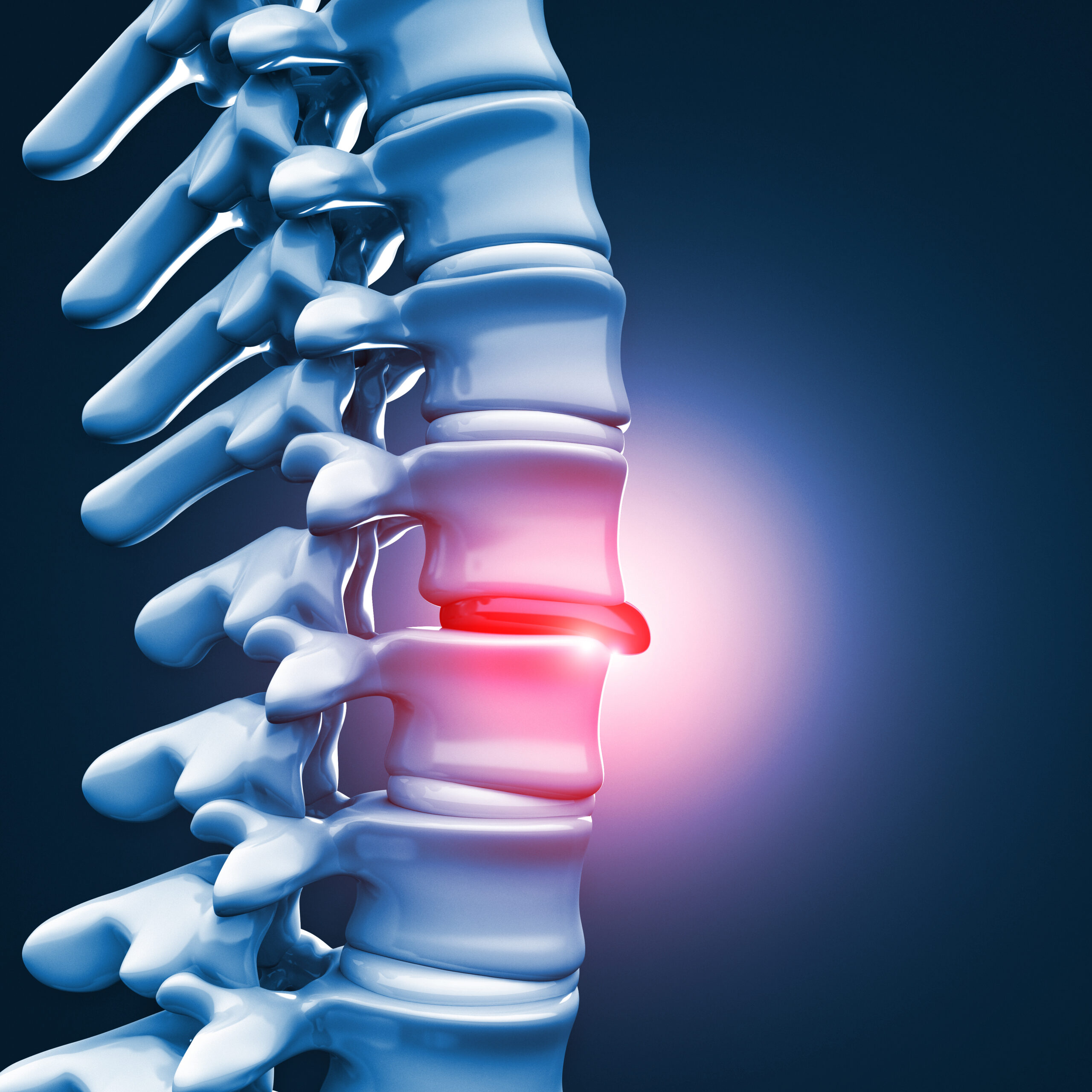
Living with Back Pain
Why are You Living with Back Pain?
If you’re living with back pain, you’re not alone. A while back, the International Association for the Study of Pain put out an article stating, “…Back pain has been the leading cause of years lived with disability since 1990 and remains a significant global public health concern.” Today, that statistic hasn’t changed much. In fact, it’s gotten much worse.
Unfortunately, “back pain” is such a broad term. On top of that, most of us can’t tell exactly where our back pain is located or what caused it in the first place. And with so many treatment options out there, it can often feel overwhelming to think about what to do next.
The three most common causes of back pain we see are:
- Trauma or injury: Accidents, falls, or direct impacts to your back can cause acute or chronic pain. Often due to sudden movements, lifting heavy objects improperly, or poor posture, leading to muscle spasms and discomfort.
- Herniated or bulging discs: Discs between your vertebrae can bulge or rupture, pressing on the surrounding nerves and causing pain.
- Spinal stenosis and skeletal irregularities: Or the narrowing of your spinal canal, which can put pressure on the surrounding nerves, causing pain or numbness; and conditions like scoliosis can cause back pain due to the abnormal curvature of the spine.
Let’s get into identifying what most likely caused your back pain and how it’s presenting itself. Most of all, let’s get into what you can do about it today!
You don’t have to live with back pain anymore.
Understanding why You’re Living with Back Pain
Being able to identify what most likely caused your back pain is crucial. It’s the first real step in understanding how you can treat it moving forward. Looking at the three main causes we mentioned above, let’s take a deeper look at their sources and how the subsequent pain presents itself.
Maybe you already know what’s been causing your pain. And that’s great! However, we still encourage you to self-evaluate and see if maybe you fall into one of these categories.
Let’s get into it!
Trauma or Injury
Trauma or injury refers to any sort of physical damage or harm to your body caused by some sort of external force, accident, or event. Without the external forces, accidents, or events, trauma or injury never would’ve occurred.
Accidents, falls, or direct impacts to your back can cause a multitude of injuries. Some of these include fractures, sprains, strains, or even spinal cord injuries. These are the most common causes of pain and discomfort we see:
- Car Accident: A rear-end collision can forcefully jolt your body forward and backward, leading to various back injuries. This sudden impact can cause fractures, strains, or even spinal cord injuries due to the abrupt movement of your body against the seatbelt or the car’s interior.
- Slip and Fall: Losing footing on a slippery surface or tripping over an obstacle can cause you to suddenly fall, directly impacting your back. Depending on how you land, this can result in fractures, sprains, or strains in your back muscles or spine.
- Work-related Injury: Lifting heavy objects improperly or working in environments with potential hazards, like construction sites, can lead to back injuries too. A sudden lift or strain while handling something heavy can cause muscle strains, herniated discs, or spinal injuries.
Living with back pain from a trauma or injury can often feel acute and sudden. Recurring intermittently, it can range from sharp and intense to a more generalized soreness or dull ache. Depending on the severity, the pain may be accompanied by bruising, swelling, limited mobility, and tenderness at the site of injury. Chronic pain may also develop if the injury doesn’t heal properly or if there’s nerve damage.
Living with Back Pain from Herniated or Bulging Discs
Herniated or bulging discs mainly refer to issues with your intervertebral discs. Your intervertebral discs are the cushions between the vertebrae (Bones) of your spine. These discs have a tough outer layer and a soft, gel-like center.
Disc herniation or bulging discs occur when the inner gel-like material of a disc protrudes or ruptures through the tough outer layer, usually due to wear and tear, repetitive strain, or sudden injury. These are the most common causes of pain and discomfort we see:
- Degeneration due to Aging: As you age, your intervertebral discs naturally lose water content and elasticity. This gradual degeneration weakens them, making them more susceptible to bulging or herniation, even with minor strains or movements.
- Repetitive Strain or Overuse: Activities or occupations that involve repetitive bending, lifting heavy objects, or twisting motions can gradually wear down your discs as well. This can also lead to bulging or herniation over time. Continuous stress on your spine from such movements is what weakens the discs’ outer layers.
- Sudden Trauma or Injury: A sudden, forceful impact or trauma, such as a fall, car accident, or lifting a heavy object incorrectly, can cause immediate damage to your discs. The abrupt pressure on your spine can cause the inner gel-like material of one or more of your discs to protrude or rupture through the tougher outer layer.
Pain can vary based on the location of the affected disc. It often includes a sharp, shooting pain that radiates down your arms or legs (As is the case with sciatica) if the disc is in the neck or lower back, respectively. There might be tingling, numbness, or weakness along the affected nerve pathway.
Spinal Stenosis and Skeletal Irregularities
Spinal stenosis refers to the narrowing of your spinal canal, permanently predisposing you to constantly living with back pain. It causes nerve compression and related symptoms. On the other hand, skeletal irregularities encompass various deviations in spinal or bone structure, leading to discomfort and potential mobility issues.
Spinal stenosis involves the narrowing of the spinal canal due to conditions like aging, herniated discs, or bone overgrowth. Skeletal irregularities like scoliosis cause abnormal curvature of the spine, often due to developmental issues or underlying conditions. These are the most common causes of pain and discomfort we see:
- Degenerative Changes: The most common cause of spinal stenosis is the natural aging process. Over time, your spine undergoes basic degenerative changes, such as the thickening of ligaments and the formation of bone spurs, which can in turn narrow your spinal canal and compress the surrounding nerves.
- Arthritis or Bone Overgrowth: Conditions like osteoarthritis or conditions that cause bone overgrowth (Paget’s disease) can lead to the narrowing of your spinal canal, causing spinal stenosis as well.
- Birth Defects or Developmental Issues: Some skeletal irregularities arise from birth defects or developmental issues that affect the proper formation or growth of the spine, leading to structural irregularities in its curvature or alignment.
Spinal stenosis can lead to pain, numbness, or weakness in your legs or buttocks, particularly during standing or walking. Sometimes, you can temporarily relieve this by bending forward. Of course, it’s important to note this relief is only temporary. Scoliosis-related pain can range from mild to severe, accompanied by muscle spasms or aches due to the abnormal curvature of your spine, which may cause pressure on surrounding structures and nerves.
How to Stop Living with Back Pain
Again, these are just the most common causes of back pain we see at Maxim Spine. However, breaking down these common causes—Trauma or injury, herniated or bulging discs, and spinal stenosis or skeletal irregularities—and understanding their subsequent causes is your first step toward living a life free of pain. So, what’s the next step?
Seek proper evaluation and treatment. You deserve a life free from the constraints of constant back pain. And you deserve to have someone walk this path with you. Whether your pain stems from a past injury, disc issues, spinal conditions, or irregularities, there is a solution.
Have any questions, comments, or concerns? Contact us today!
We’re here to answer your questions.

